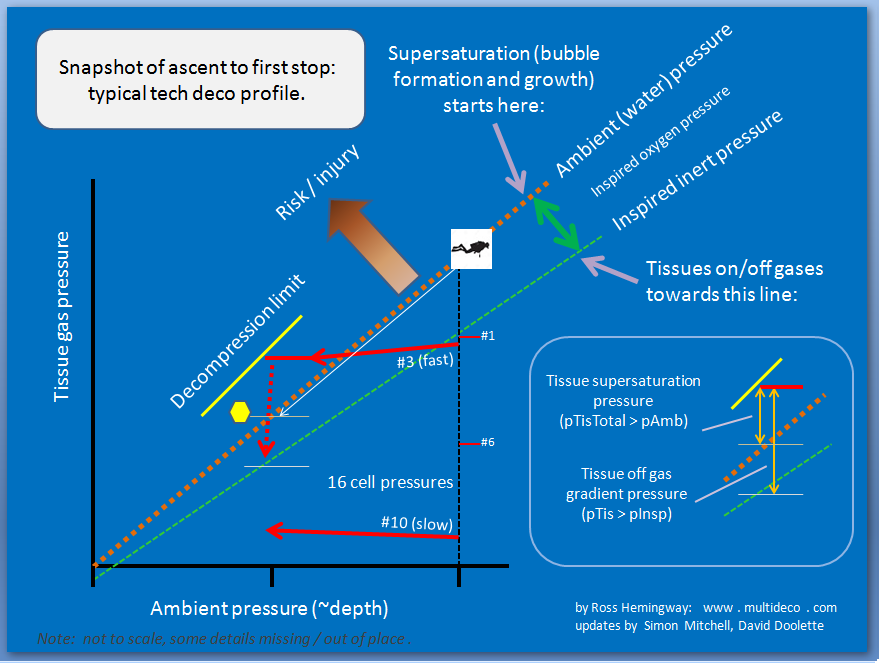So, scientists are deemed to have a conflict of interest when they believe what they are writing!? Good luck selling that concept.I don't agree with that.
Simon Mitchell is heavily vested in these arguments, in a different kind of currency - community stature and lasting scientific recognition.
He is a working Dr., and hyperbaric specilaist who has chosen to publish papers and make public opinions. He travels the world giving talks on these and other ideas, based on the strength of his name and reputation. Like others in science, he embarked on a direction and a set of ideas early in his career, and is pursuing that now.
The currency of Simon Mitchell is community stature and lasting scientific recognition. Those are the valuable commodities to academics and take life time to achieve. A career and future prospects hinges on these matters too.
Simon Mitchell is not a neutral or unbiased in any way. He is more heavily invested in the direction this takes, than you or me.
.
In any event, my history proves you wrong. I previously dived VPM. I was a deep stop supporter. Then the evidence emerged that bubble model-imposed deep stops are probably excessive. Like any scientist should I moved with the weight of evidence, which you (complete with massive conflict of interest) then attempted to trash, to the potential detriment of the diving community. All I have ever done is report and defend the evidence. The only reason I may seem heavily invested in an anti-deep stop position is because you have forced me into protracted debates with your persistent ill-informed assault on one of the most important studies ever conducted in diving medicine.
Just as I moved with the evidence previously, and as I have said on these forums multiple times, if the weight of quality evidence shifted in favour of deep stops I would change my view. That is how a scientist works and it would cause me no loss of reputation whatsoever. I have published studies that contradicted my own previous findings on matters far more important than this one, for example:
MITCHELL SJ, PELLETT O, GORMAN DF. Cerebral protection by lidocaine during cardiac operations. Ann Thorac Surg 67, 1117-1124, 1999 (one of the first studies ever to show brain protection by a drug)
...followed by...
MITCHELL SJ, MERRY AF, FRAMPTON C, DAVIES E, GRIEVE D, MILLS BP, WEBSTER CS, MILSOM FP, WILLCOX TW, GORMAN DF. Cerebral protection by lidocaine during cardiac operations: a follow-up study. Ann Thorac Surg 87, 820-825, 2009 (which did not show brain protection by the same drug)
Finally, if you think that my "community stature, lasting scientific recognition, career, and future prospects" are contingent in any way on winning an argument with you about deep stops on the internet you are completely deluded.
Simon M





